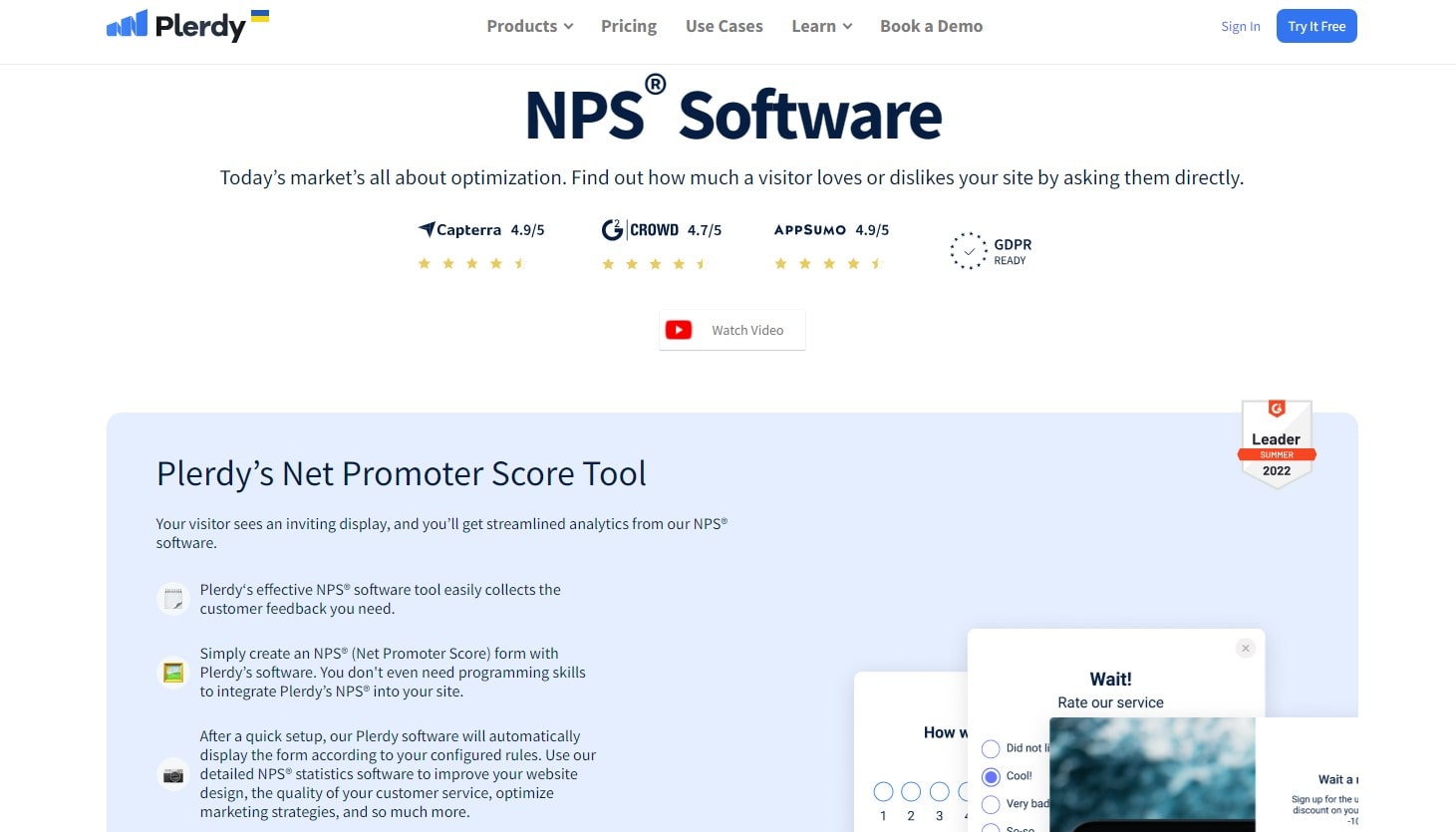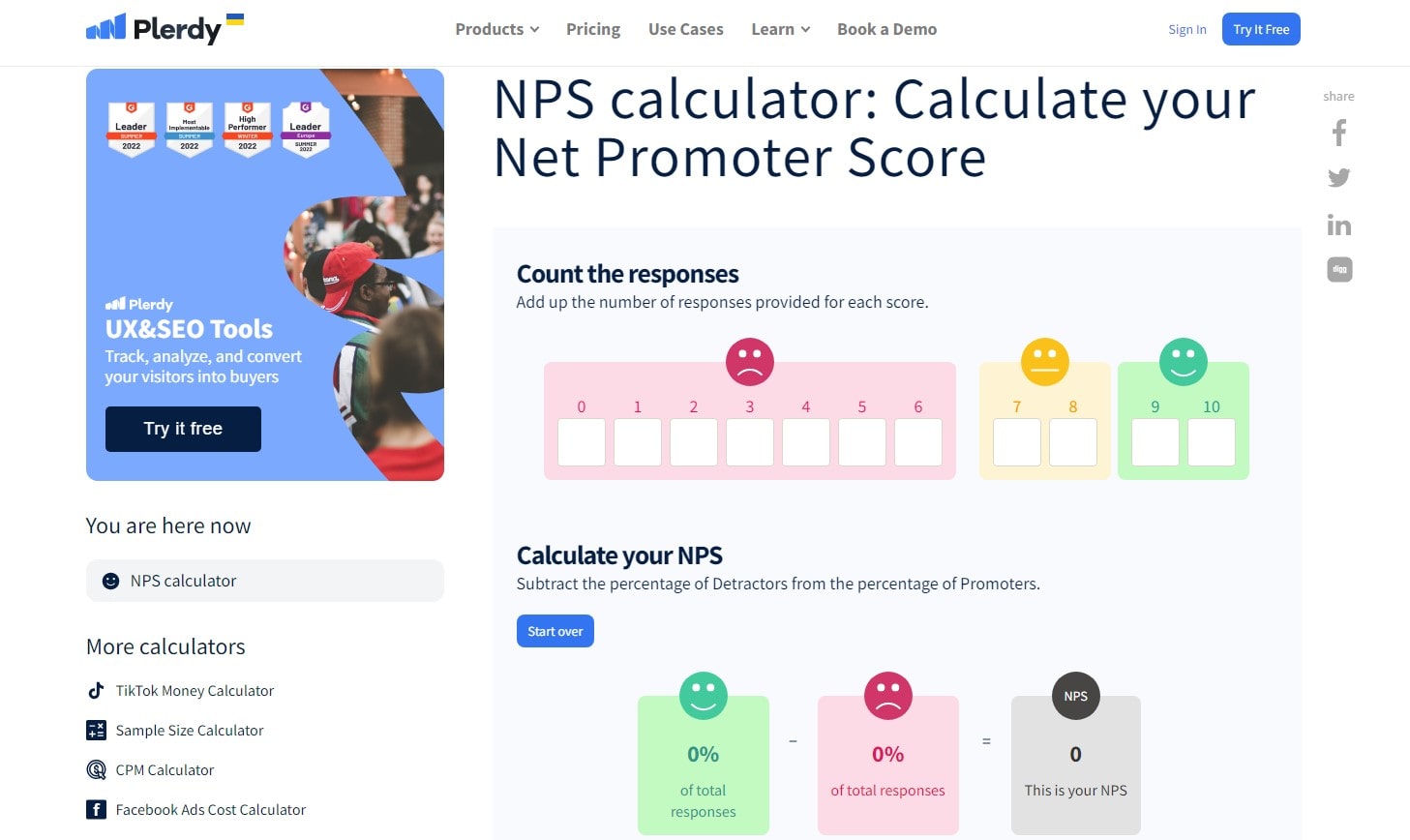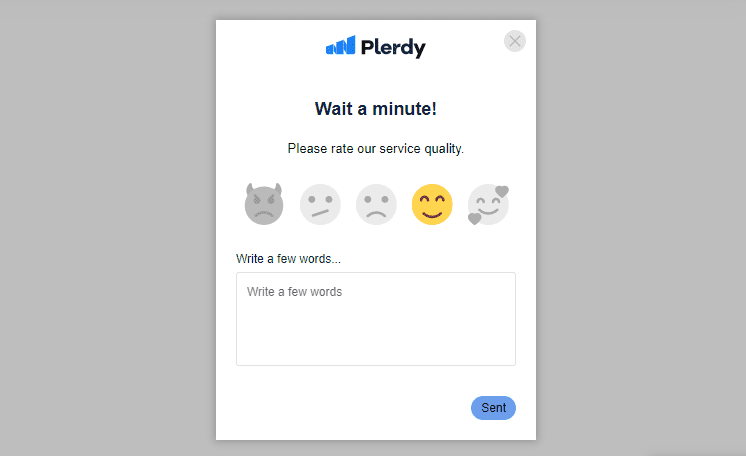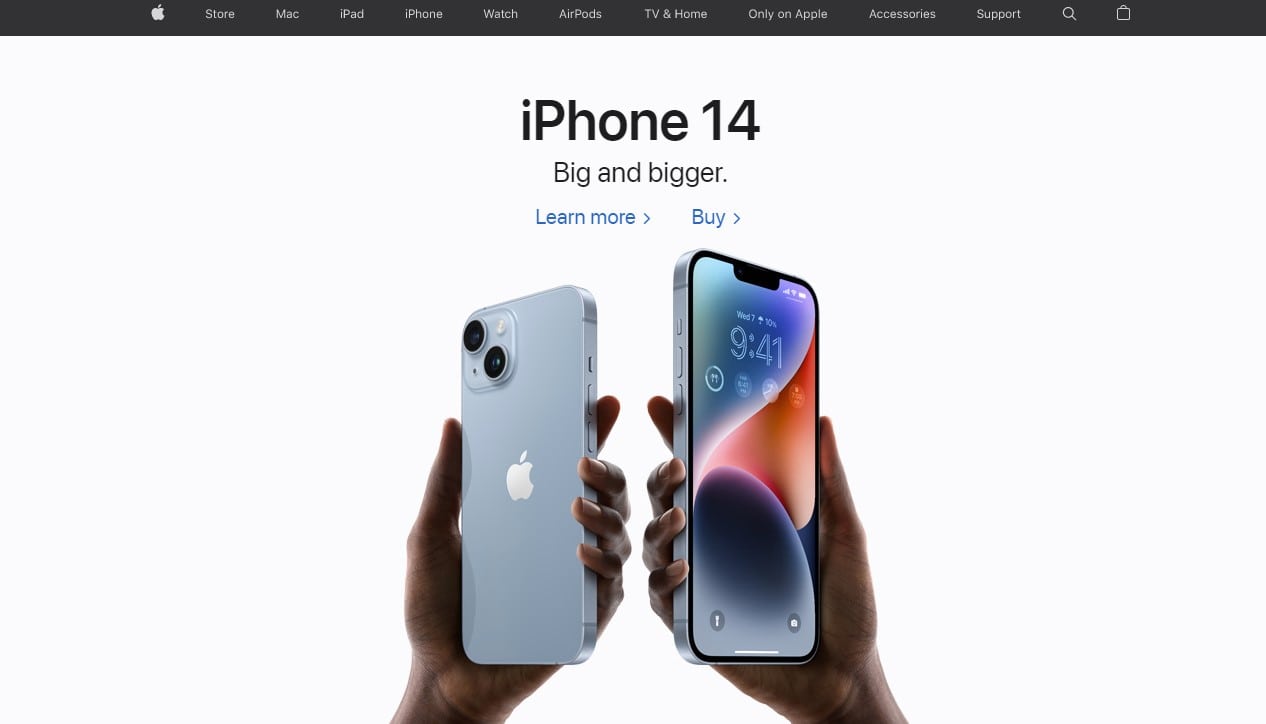Welcome to a comprehensive deep dive into the world of customer satisfaction metrics — CSAT vs. NPS ⚡. These valuable tools serve distinct yet complementary roles in shaping and enhancing the customer experience.
- CSAT, or Customer Satisfaction Score, offers granular insights into specific touchpoints in the customer journey, such as the checkout process on an e-commerce site or the user interface of a mobile app.
- NPS, or Net Promoter Score, provides a broader perspective, measuring overall customer loyalty and gauging how likely customers are to recommend a brand to others.

Whether you’re a bustling online retailer or a software-as-a-service provider, balancing these metrics can be the difference between merely surviving and genuinely thriving in today’s competitive market. This article will shed light on these key performance indicators and their roles in steering a business towards customer-centric growth. Buckle up for an enlightening journey through the intricacies of CSAT and NPS, equipped with insights from Plerdy UX & CRO analysis to keep us on track.
Understanding the Power of Customer Satisfaction Metrics

The competitive business landscape has seen a seismic shift from product-centricity to customer-centric. Central to this transformation is measuring customer satisfaction – a pivotal index of business health and future growth. Businesses that skillfully employ customer satisfaction metrics reap remarkable benefits, from robust customer loyalty to enhanced brand reputation and increased revenue. These metrics help companies gauge customer sentiment and experience and apply corrective measures wherever necessary. The Customer Satisfaction Score (CSAT) and the Net Promoter Score (NPS) are two such instrumental metrics.
Unraveling the Core of CSAT
The Customer Satisfaction Score, or CSAT, is a fundamental metric to assess customer satisfaction concerning a particular product, service, or interaction. CSAT is obtained through direct solicitation of feedback, typically post-purchase or post-interaction. Customers are asked to rate their satisfaction on a scale from 1 (very dissatisfied) to 5 (very satisfied).
For example, a restaurant may use a CSAT survey at the end of a meal to evaluate the dining experience. Similarly, a software company may solicit CSAT feedback after releasing an update or resolving a support ticket.
A key strength of CSAT lies in its specificity. It pinpoints exact touchpoints that may need improvement. However, it isn’t all-encompassing. For instance, a customer might rate a product highly based on initial impressions but may not choose to buy again due to factors outside the product’s direct experience.
Decoding the Net Promoter Score
Net Promoter Score, or NPS, is another metric that measures customer sentiment. Yet, it diverges from CSAT by seeking to understand a customer’s loyalty to a brand. NPS is measured by asking customers a straightforward question: “On a scale of 0-10, how likely are you to recommend our company/product/service to a friend or colleague?”
Customers are then categorized into Detractors (0-6), Passives (7-8), and Promoters (9-10). The NPS is calculated by subtracting the percentage of Detractors from the percentage of Promoters.
For instance, an e-commerce platform might use NPS to understand customers’ overall shopping experience. NPS can reveal whether customers will revisit and promote the platform, going beyond specific interactions and purchases.
NPS provides a broader understanding of customer loyalty, capturing aspects like brand value, customer service, and overall satisfaction. However, it might need to identify precise issues or areas for improvement.
Here’s a quick summary of the differences:
- CSAT gauges customer satisfaction with specific experiences or transactions.
- NPS evaluates overall customer loyalty and propensity to promote the brand.
In essence, both CSAT and NPS serve as valuable compasses in the customer experience management landscape. They offer businesses strategic insights and a roadmap for customer-centric growth. By harnessing these metrics effectively, organizations can elevate the customer experience, foster enduring relationships, and navigate the path to long-term success.
Charting the Contrast Between CSAT and NPS

Unearthing the unique facets and divergences between CSAT and NPS illuminates their distinct roles in sculpting the customer experience landscape.
CSAT offers a microscopic view of customer sentiment, focusing on specific touchpoints. It excels in gauging immediate satisfaction, serving as an effective tool to rectify pain points and perfect the individual elements of customer interaction. For instance, a CSAT survey might reveal that customers find a website’s checkout process smooth but feel frustrated by slow delivery times.
On the other hand, NPS casts a wider net, capturing customers’ overall affinity towards a brand. It uncovers the likelihood of customers endorsing the brand to others, reflecting long-term customer loyalty and overall satisfaction. A company might have an exemplary NPS score, indicating strong brand loyalty, even if they occasionally falter on specific touchpoints captured by CSAT.
Here are the key contrasts between CSAT and NPS:
- CSAT dives into specific customer experiences or interactions.
- NPS paints a broader picture of customer loyalty perception.
- CSAT excels at pinpointing individual problem areas, while NPS provides strategic insights into holistic customer experience and long-term business health.
Choosing the Right Measure: CSAT or NPS?
Selecting the ideal metric for your business hinges on several factors, including your business type, customer base, and the context of the survey.
For businesses that emphasize individual transactions or interactions – like restaurants, retail stores, or customer service departments – CSAT can offer precise insights to enhance those experiences. For example, a hotel chain might rely on CSAT to gauge guest satisfaction with amenities, room service, or check-in procedures.
On the other hand, companies seeking to understand broader customer sentiment and loyalty should lean towards NPS. Tech firms with subscription models, for example, would find NPS invaluable in assessing long-term customer loyalty.
Below are factors to consider when deciding between CSAT and NPS:
- Business Type: B2C businesses might prefer CSAT for specific product or service experiences, while B2B companies might lean towards NPS to understand long-term business relationships.
- Customer Base: For businesses with a broad customer base, NPS could offer comprehensive insights into brand loyalty.
- Survey Context: Post-transaction surveys are suited for CSAT, while holistic brand surveys align well with NPS.
Bridging CSAT and NPS for a Holistic Customer Experience Snapshot

Integrating CSAT and NPS can offer a 360-degree view of your customers’ journey, blending specific experiences with broader brand sentiment.
Imagine an online education platform. They could employ CSAT to assess student satisfaction with individual courses or instructors, providing granular insights to optimize specific aspects of their offering. Simultaneously, the platform could harness NPS to evaluate the overall sentiment towards their brand, including aspects like platform user-friendliness, pricing, and customer service.
Unifying these insights empowers the platform to fine-tune specific courses (guided by CSAT) while also enhancing overarching aspects of the brand experience (guided by NPS).
To summarize:
- CSAT and NPS cater to different aspects of the customer experience, with CSAT focusing on specific interactions and NPS capturing overall brand sentiment.
- Choosing between CSAT and NPS depends on business type, and survey context.
- Integrating CSAT and NPS provides a comprehensive view of customer experience, leading to precise improvements and strategic growth.
Thus, businesses seeking to optimize customer experience and fuel growth should smartly navigate the CSAT and NPS landscape, adapting to their unique needs and leveraging the strengths of each metric.
Balancing CSAT and NPS for a Customer-Centric Trajectory
In a marketplace where customer satisfaction is paramount, skillfully balancing CSAT and NPS metrics can propel customer-centric growth. These metrics, while distinct, work synergistically to offer a panoramic view of customer experience.
CSAT zooms in on specific interactions or experiences, delivering granular feedback on distinct touchpoints. Conversely, NPS operates at a macro level, offering a bird’s eye view of customer loyalty and overall brand sentiment.
Imagine a video streaming platform using CSAT to fine-tune individual viewer experiences, such as video loading times, user interface, or customer support interactions. Meanwhile, NPS can reveal how viewers perceive the brand as a whole, including content variety, pricing, and subscription policies. The combined insights from CSAT and NPS surveys enable the platform to refine viewer experiences while enhancing overall brand loyalty.
Reaping the Rewards of Multi-Metric Satisfaction Surveys
Integrating multiple customer satisfaction metrics – like CSAT and NPS – delivers a host of benefits for businesses striving to elevate customer experience.
Here are the key rewards of such an integrated approach:
- Provides Comprehensive Insights: Multiple metrics offer a fuller understanding of customer sentiment, capturing both immediate satisfaction (CSAT) and long-term loyalty (NPS).
- Identifies Broad Trends and Specific Issues: NPS can reveal overarching trends, while CSAT can pinpoint specific areas for improvement.
- Enhances Customer Experience: Businesses can leverage these insights to create a seamless, satisfying customer journey, driving customer retention and revenue growth.
For example, an airline might use CSAT to measure passenger satisfaction with in-flight services, check-in processes, or baggage handling. Concurrently, NPS can evaluate passengers’ likelihood to recommend the airline, providing insight into overall brand sentiment and loyalty.
Defining Success: Benchmarking CSAT and NPS Scores
When evaluating CSAT and NPS scores, it’s vital to set the bar for success. What defines a “good” CSAT or NPS score varies by industry and region, but a few general rules apply.
A CSAT score above 75% is generally considered positive, reflecting high levels of customer satisfaction. However, businesses should strive for continual improvement, as even small increments in CSAT can significantly enhance customer retention and loyalty.
In contrast, NPS scores range from -100 to 100. Scores above 0 indicate that a company has more promoters than detractors, which is a good sign. Scores above 50 are considered excellent, signaling a strong base of loyal customers.
For instance, in the software industry, an NPS score above 30 is usually considered good. However, a leading software-as-a-service (SaaS) company might strive for a score above 50, reflecting industry-leading customer loyalty.
In sum, harnessing both CSAT and NPS offers a powerful recipe for customer-centric growth:
- Balancing CSAT and NPS delivers a holistic view of customer experience, from specific interactions to overall brand sentiment.
- Using multiple metrics provides comprehensive insights, identifies broad trends and specific issues, and enhances customer experience.
- Defining and achieving good CSAT and NPS scores, benchmarked to industry and region, can propel customer retention and revenue growth.
Thus, businesses that strategically leverage CSAT and NPS can elevate their customer experience, foster enduring customer loyalty, and chart a path to sustained growth.
Grasping NPS and CSAT: Big Brands Lead the Way

Let’s dive straight into dissecting the roles of Net Promoter Score (NPS) and Customer Satisfaction Score (CSAT) in shaping the customer experience landscape of major corporations. No fluff, no preamble—just the facts, case studies, and results.
Amazon: A Beacon of NPS Excellence
Amazon, the e-commerce titan, shines as an exemplary figure in the field of NPS. With a staggering score of 62 in 2022, Amazon’s customer-centric approach has largely contributed to their soaring NPS. Their secret sauce? A potent mix of high-quality products, swift delivery, easy returns, and a responsive customer service team.
The company thrives on customer feedback, leveraging their post-purchase surveys to gauge customer sentiment and loyalty. The pivotal question – “Would you recommend us to a friend or colleague?” is at the heart of their NPS survey. By sifting through responses, Amazon zeroes in on customer pain points and swiftly addresses them, ensuring a constant upward trend in their NPS.
Apple: The CSAT Powerhouse
Switching gears to CSAT, let’s shine the spotlight on Apple— a brand synonymous with customer satisfaction. In 2022, Apple’s CSAT score hit a high note at 80%, primarily due to their exceptional after-sales service and support.
How does Apple maintain such stellar CSAT scores? By deploying well-crafted surveys post customer interactions, specifically targeting the customer’s satisfaction with the service received. This feedback is the pulse that drives Apple’s continuous improvements, leading to a customer experience that is nothing short of remarkable.
NPS and CSAT: Two Sides of the Same Coin
While these two metrics might seem different, they are tightly interwoven within the fabric of customer experience. Here’s how:
- Identifying Advocates and Detractors: NPS helps brands like Amazon identify their advocates (promoters), passive customers, and detractors, facilitating targeted improvement strategies.
- Measuring Transactional Satisfaction: CSAT, on the other hand, allows brands like Apple to measure satisfaction at specific touchpoints, driving overall service improvements.
- Insightful Surveys: Both NPS and CSAT rely on customer surveys for data collection. While NPS focuses on loyalty and overall experience, CSAT hones in on specific aspects of customer interactions.
Microsoft: A Blend of NPS and CSAT
Microsoft, the tech behemoth, leverages both NPS and CSAT to shape its customer experience strategy. By analyzing NPS, Microsoft identifies loyal customers and detractors, taking calculated steps to enhance the overall customer experience. Meanwhile, CSAT scores provide insights into the quality of their customer service, product features, and technical support.
Microsoft’s approach embodies the ideal balance between NPS and CSAT, offering a comprehensive view of the customer experience, driving improvements, and maintaining a strong brand reputation.
In conclusion, both NPS and CSAT are invaluable tools in the arsenal of big brands, instrumental in shaping the CX. By understanding these metrics, brands can identify areas of improvement, delight customers, and ultimately, climb to the zenith of their respective industries. The tales of Amazon, Apple, and Microsoft stand testament to this strategy, providing a roadmap for others to emulate.
Bottom Line
Through this exploration of CSAT and NPS, we’ve traversed the vast landscape of customer experience measurement. Let’s circle back and round up our discoveries.
CSAT — often the heart of immediate customer feedback — shines a spotlight on specific interactions, helping companies tailor-make solutions and improve these touchpoints. Meanwhile, NPS, that reliable barometer of customer loyalty, tells a compelling story about a brand’s standing in the consumer ecosystem, and its potential for future growth.
Together, these metrics paint a comprehensive picture of the customer journey, from individual interactions to overarching brand sentiment. They provide the roadmap for businesses to chart their course — to tweak, refine and ultimately enhance the customer experience. The result? A customer base that’s not just satisfied but engaged, loyal, and more than willing to advocate for your brand.
Harnessing the power of tools such as Plerdy’s advanced analytics can provide even deeper insights. Breakdown customer responses, analyze trends, and understand the motivations behind customer behavior. It’s time to action those insights, make meaningful changes, and build an experience your customers will love. After all, your success hinges on your customers’ happiness.
Remember, measuring customer satisfaction isn’t just about the numbers – it’s about understanding what those numbers mean and acting on that information. Put the data to work, and you’ll see your efforts reflected in your bottom line.
No matter the size or sector of your business, prioritizing customer satisfaction is crucial. So, use these indicators, understand your customers, and let’s build experiences that truly resonate.
